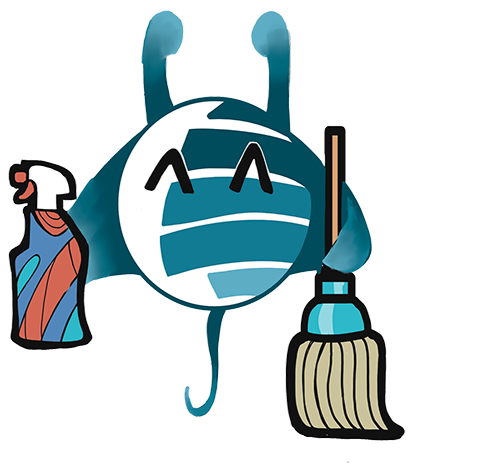Brown Algae
There are about fifty species. Present in every sea, but especially in the Mediterranean, the Pacific and the Indian Oceans. These are the brown algae of the genus Cystoseira, creators of a habitat fundamental for biodiversity in rocky coastal environments, where they proliferate at low depths, because they need light for chlorophyll photosynthesis. The color that distinguishes them is linked, as for all brown algae, to Fucoxanthin: the different gradation and intensity of the brown color depend on the quantity of pigment present in the plant. Which with its bushy development, forms underwater, on the rocky substrate, real forests, extending over large surfaces.
The submerged forests of Cystoseira represent an ecosystem where the most varied species of marine animals find favorable living conditions, including many fish that find refuge there and raise their young. But the extensions of Cystoseira guarantee numerous other benefits where they are still present. In fact, they perform a fundamental function of mitigating the effects of wave motion to protect the coasts from erosion. Furthermore, they produce oxygen and capture significant quantities of CO2. In short, they play a role similar to that of Posidonia oceanica, very precious for the life and health of the sea.
And yet, forests are in decline almost everywhere, including the Mediterranean, due to the effects of anthropization: pollution, urbanization, climate change and the spread of alien species in the Mediterranean. With a serious loss of biodiversity and with consequences linked to the lower production of oxygen and specular lower reduction of carbon dioxide.
It is in consideration of the risk that ecosystems linked to macroalgal forests run that a series of experimental interventions are underway for their monitoring and, above all, for their replanting in some Italian Marine Protected Areas.
Since 2020, a project has been underway in the Tuscan MPA of Secche della Meloria, where the Cystoseira forests have suffered a strong reduction. In an attempt to reverse the current trend, a complex replanting operation has begun, taking thalli (this is what the “bodies” of the algae are called) from the Capraia MPA to transplant them in the northern part of zone A of Meloria. A monitoring action followed, in order to verify the state of health and growth of the transplanted algae. The checks have not revealed any failures, but a good state of the algae transferred elsewhere, which are growing regularly, with the prospect, as soon as they are able to reproduce, of progressively enlarging the colonized area, restoring the lost forest.
Another restoration experiment is underway with the Life REEForest project in the two Marine Protected Areas of the Cilento Vallo di Diano and Alburni National Park, in Santa Maria di Castellabate and in Baia degli Infreschi and della Masseta, in the Marine Protected Area of Bergeggi in Liguria and in the Sardinian Marine Protected Area of the Sinis Mal di Ventre Peninsula, in addition to the MPA of the Greek island of Giaros. With the monitoring of ISPRA, working groups have provided for the reintroduction of thousands of Cystoseira thalli of the crinitophylla and corniculata species. An experimental intervention, which is producing good results in the field, aimed at developing valid guidelines for operating in other areas as well and at raising public awareness of the decline of forests and their value. An action that is part of the European active restoration policies and that is connected to the forest monitoring plan within the United Nations Decade 2021/2030 on ecosystem restoration.



